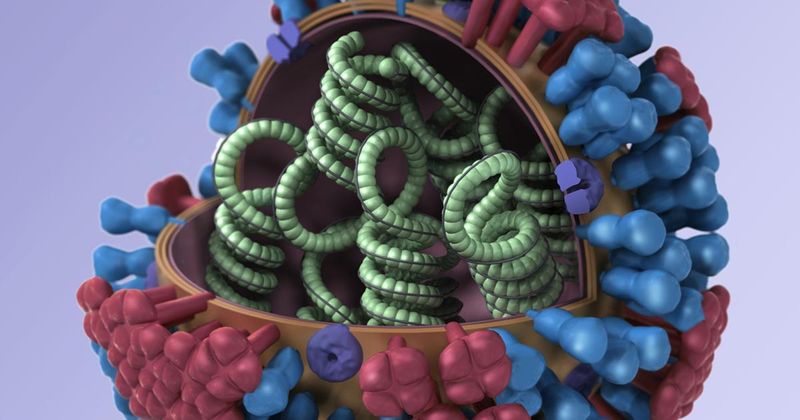High-dose trivalent inactivated influenza vaccine worked well in patients on hemodialysis
Patients on hemodialysis who received the high-dose trivalent inactivated influenza vaccine showed a stronger seroresponse than those who received other vaccines, according to data published the American Journal of Kidney Diseases.
However, all vaccines resulted in high seroprotection rates.

In a prospective observational study, researchers examined 254 patients on hemodialysis who received an influenza vaccine during the 2017 to 2018 influenza season, during which three options were available. These included the high-dose trivalent inactivated (HD-IIV3) vaccine, the standard-dose quadrivalent inactivated (SD-IIV4) vaccine or the quadrivalent recombinant quadrivalent (RIV4) influenza vaccine.
Patients received shots at four dialysis clinics. At clinic 1, all patients received HD-IIV3 at clinic 2, all patients received SD-IIV3; at clinic 3, SD-IIV4 was used in patients younger than 65 years and HD-IIV3 was used in patients aged 65 years and older; and in clinic 4, all patients received RIV4.
Researchers measured hemagglutination inhibition (HI) titers at baseline and at 1, 2, 3 and 4 months after vaccination to determine antibody levels. A seroprotection rate at HI titers of at least 1:40 and at least 1:160 served as the primary outcome. Additionally, researchers measured geometric mean titer and seroconversion rates.
Using adjusted generalized linear models with extra trend analyses, researchers assessed the relationship between vaccine type and outcomes.
Overall, 141 patients received HD-IIV3; 36 received SD-IIV4; and 77 received RIV4. All three vaccines resulted in a strong initial seroresponse to influenza A strains, while geometric mean titer and seroprotection (HI titer was 1:160 and higher) rates against influenza A strains were higher and longer maintained with HD-IIV3 than SD-IIV4 or RIV4, according to researchers.
Analyses revealed more than 80% of patients who received HD-IIV3 were seroprotected at the 4-month follow-up. In contrast, those who received SD-IIV4 or RIV4 showed similar seroprotection rates at month 4 to baseline. Researchers noted that seroprotection rates were lower against B strains for all vaccines.
“These findings suggest that, just as in the elderly general population, HD-IIV3 should be the preferred vaccine choice for elderly maintenance dialysis patients because of their lower seroresponse and higher risk of morbidity,” Harold J. Manley, PharmD, from the pharmacy division at Dialysis Clinic Inc. in Nashville, Tennessee, and colleagues wrote. “In view of the mild to moderate immunocompromise affecting all maintenance dialysis patients regardless of age, it would be reasonable to offer HD-IIV3, when available, to the entire dialysis population.”
